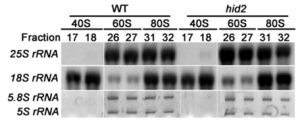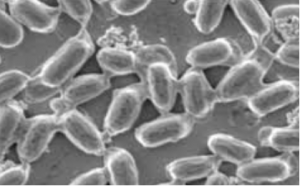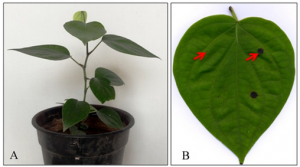|
Multivariate Analysis Compares and Evaluates Heat Tolerance of Potato Germplasm
Thursday, 2024/01/18 | 08:13:08
|
|
Sujie Zhang, Han Ye, Lingshuang Kong, Xiaoyu Li, Yeqing Chen, Shipeng Wang, Bailin Liu Plants (Basel); 2024 Jan 4; 13(1):142. doi: 10.3390/plants13010142. AbstractHigh temperature is the most important environmental factor limiting potato (Solanum tuberosum L.) yield. The tuber yield has been used to evaluate the heat tolerance of some potato cultivars, but potato yield was closely correlated with the maturation period. Therefore, it is necessary to employ different parameters to comprehensively analyze and evaluate potato tolerance to heat stress. This study aimed to investigate physiologic changes during growth and development, and develop accurate heat tolerance evaluation methods of potato cultivars under heat stress. About 93 cultivars (including foreign elite lines, local landraces and cultivars) were screened using an in vitro tuber-inducing system (continuous darkness and 8% sucrose in the culture medium) under heat stress (30 °C) and normal (22 °C) conditions for 30 days. The tuber yield and number decreased significantly under heat stress compared to the control. A total of 42 cultivars were initially selected depending on tuber formation, after in vitro screening, further testing of selected cultivars was conducted in ex vitro conditions. The screened cultivars were further exposed to heat stress (35 °C/28 °C, day/night) for 60 days. Heat stress led to an increase in the plant height growth rate, fourth internode growth rate, and membrane damage, and due to heat-induced damage to chloroplasts, decrease in chlorophyll biosynthesis and photosynthetic efficiency. Three principal components were extracted by principal component analysis. Correlation and regression analysis showed that heat tolerance is positively correlated with the plant height growth rate, fourth internode growth rate, the content of chlorophyll b, photosynthetic rate, stomatal conductance, transpiration rate, tuber number, and tuber yield, and negatively correlated with the cell membrane injury level. The nine traits are accurate and representative indicators for evaluating potato tolerance to heat stress and could determine a relatively high mean forecast accuracy of 100.0% for the comprehensive evaluation value. Through cluster analysis and screening, cultivar FA, D73, and C132 had the highest heat comprehensive evaluation value, which could be further selected as heat-resistant varieties. This study provides insights into the different physiological mechanisms and accurate evaluation methods of potato cultivars under heat stress, which could be valuable for further research and breeding.
See https://pubmed.ncbi.nlm.nih.gov/38202450/
Figure 3: Correlation analysis of HTC between all the traits indices. *, p < 0.05; **, 0.001 < p ≤ 0.01; ***, p ≤ 0.001.
|
|
|
|
[ Other News ]___________________________________________________
|


 Curently online :
Curently online :
 Total visitors :
Total visitors :
(257).png)



















